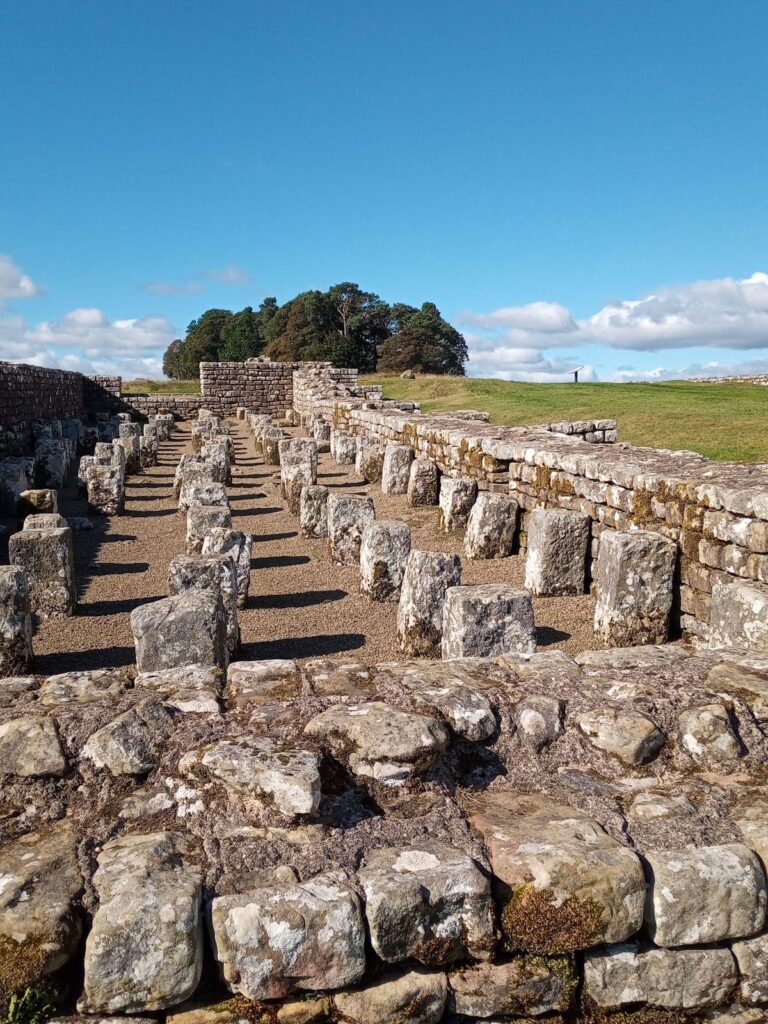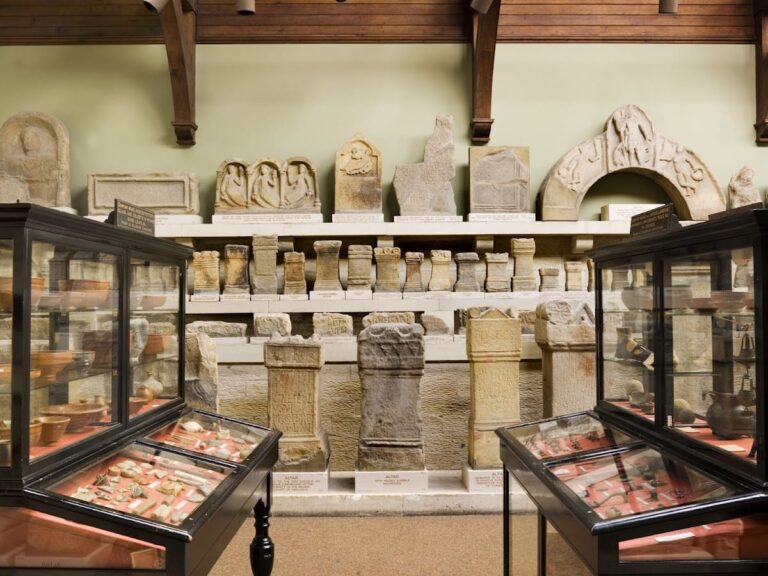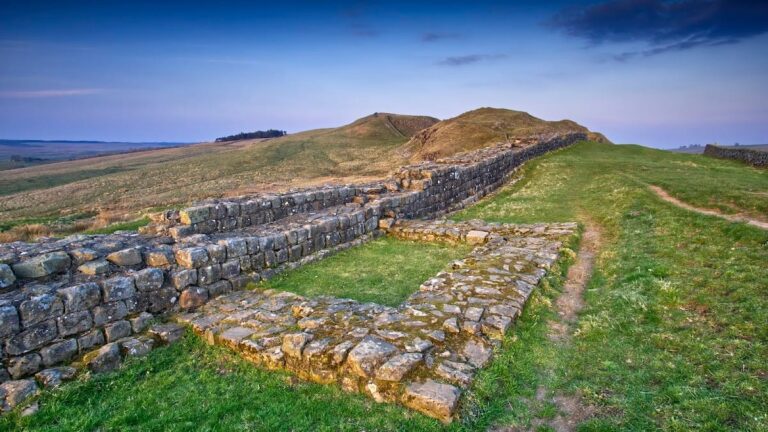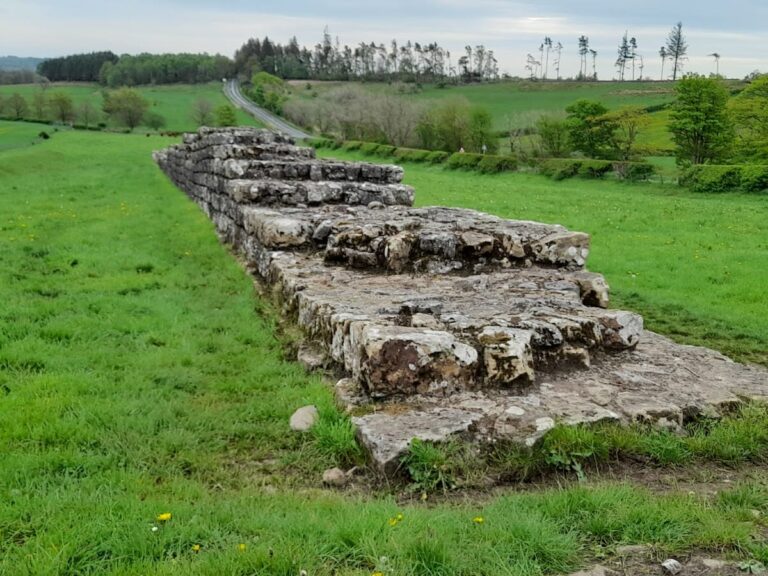Langley Castle: A Medieval English Stronghold in Northumberland
Visitor Information
Google Rating: 4.7
Popularity: Medium
Google Maps: View on Google Maps
Official Website: www.langleycastle.co.uk
Country: United Kingdom
Civilization: Unclassified
Remains: Military
History
Langley Castle is located near the village of Langley in England. It was built by the medieval English during the mid-14th century to secure the northern borderlands.
The castle’s story begins after the destruction of an earlier manor house in 1346, which was burnt down by forces led by David Bruce. In response, Sir Thomas de Lucy constructed the present fortified stone structure between 1350 and 1364, aiming to protect the region from ongoing Scottish raids during King Edward III’s reign. This new stronghold not only provided defense but also symbolized local power amid the turbulent border conflicts.
Ownership of Langley Castle passed through several noble families over the centuries, reflecting shifting political alignments in Northumberland. Notable families associated with the property include the de Tindal, de Boltby, and de Moulton clans, followed later by the Percys and Radclyffes, all prominent in English aristocracy. Each transition in ownership tied the castle to broader historical events and royal interests.
In 1405, during King Henry IV’s campaign against rebellious nobles, the castle suffered a major setback. After the Percy family, then its custodians, refused to pay taxes, royal forces attacked Langley Castle and set it ablaze. This fire left the fortress in ruins, and it remained uninhabited for about five centuries, its decayed walls standing as reminders of past conflicts.
Throughout the 16th and 18th centuries, the castle’s ownership was frequently transferred between noble lineages and the crown, often as a result of political upheaval. Thomas Percy’s involvement in the 1568 Rising of the North and James Radclyffe’s participation in the Jacobite Rebellion of 1714 both led to forfeiture of the castle to royal control. These events underscored Langley Castle’s continued association with uprisings and challenges to the monarchy.
The 19th century marked a new chapter when Cadwallader Bates, a local historian passionate about the site, purchased the castle in 1882. He began extensive restoration efforts to revive the structure. After his death, his wife Josephine completed the work in 1914, restoring the castle from centuries of ruin. Following a period of vacancy after 1932, Langley Castle was repurposed during World War II as military barracks and later operated as a girls’ school. In the latter part of the 20th century, the castle was converted into a hotel, preserving its heritage and architectural grandeur.
Remains
Langley Castle is a four-storey, medieval tower house arranged in a roughly rectangular, quadrangular layout with an H-shaped plan. It rises prominently on a base of massive natural boulders, which form a sturdy foundation that enhanced its resistance against attack. At each of the four corners, the castle features substantial towers that stand one storey higher than the main structure, contributing to the defensive design. In addition to these corner turrets, there is a smaller tower situated at roof level.
The main entrance historically led visitors into a stairwell containing a spiral staircase, which provided access to all the floors of the building. During restoration, windows were enlarged to admit more light, and a new entrance was added on the south side to improve access. One of the castle’s distinctive architectural elements is the preserved slot for a portcullis—a heavy grille that could be lowered to secure the gateway—located near the main door on the east wall, together with a decorative roof boss positioned above this entrance.
Inside, the castle’s layout centers around a large hall on the upper floor, typical of medieval “hall house” designs where the main living and gathering space was elevated above the ground level. Between the hallway and an adjoining lobby on the first floor, there are dual moulded doorways that demonstrate the craftsmanship of the period.
A smaller room within the castle has been dedicated as the Cadwallader Bates Memorial Room, serving to honor the historian who undertook its restoration. This space was originally a chapel, highlighting the presence of religious functions within the medieval fortress.
One of the most remarkable surviving features is found in the south-west tower, which contains a total of twelve garderobes, or medieval toilets. These are arranged with four per floor, each doorway featuring pointed archways, a common Gothic architectural element. The elaborate design and number of these sanitary facilities make them some of the finest surviving examples of medieval toilets found anywhere in Europe.
Despite extensive restoration efforts in the 20th century, many of Langley Castle’s medieval architectural details remain intact, offering a vivid glimpse into the defensive and domestic features of a northern English stronghold at the height of the Middle Ages. The castle occupies a wooded estate spanning approximately ten acres in the valley of the River South Tyne, about three miles south of Haydon Bridge.










